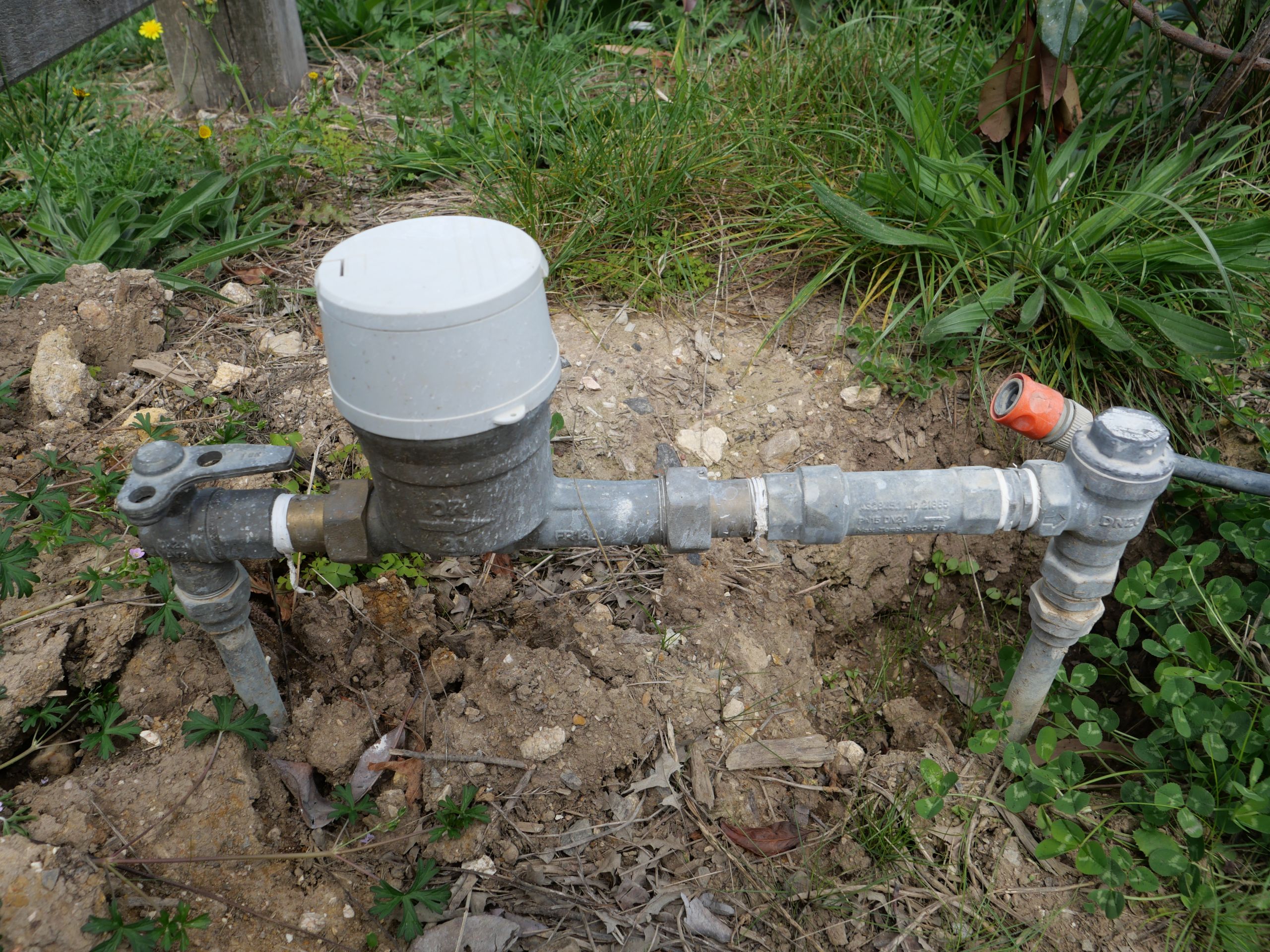Swabbing uses a dense foam cylinder, called a swab, to remove unwanted debris from pipes. The swab is inserted into the pipe and pushed through using water pressure.
Swabbing is a process often used during the installation of a pipeline to ensure it is clean and clear of debris prior to use.
When the swabbing process is used on an existing pipeline, excavation is required to gain access. This to create entry and exit points for the swab to be inserted and removed from the pipeline. The exit point is also where the pipeline is flushed from, with excess water directed to nearby stormwater drains.
Flushing of smaller pipes
Following the swabbing of a main pipeline, any smaller pipes that branch off this pipeline typically also require flushing. This is done by releasing water from hydrants in the network. It ensures debris or sediment cleared by the swab in the main pipeline is also cleared from these smaller pipes. The water released from hydrants flows to nearby stormwater drains.
Regular cleaning is an important investment in our water networks. It protects the condition and integrity of our water mains so we can provide high quality drinking water.
Swabbing program in Epsom and Huntly from 24 November until late December
We have now completed the swabbing of the main Epsom Huntly pipeline.
This was further works to rectify water quality and water pressure issues experienced by some Epsom and Huntly customers.
It involved inserting a swab into the pipeline and flushing it through using water pressure. This was to remove any remaining sediment in the pipeline and included flushing water through the pipe until it became clear.
Next steps
Following the swabbing and flushing of the main pipeline, we've been flushing water through the smaller water mains pipes (laterals) that branch off the main pipeline. This is being done by releasing water at nearby hydrants, with the excess water being directed to nearby stormwater drains.
This stage requires some planned water supply interruptions for a small number of customers. (Typically around 2-3 hours). Impacted customers have receive communication advising of their scheduled interruption.
Testing of water meters and flow rates will also take place at select properties.
We’re carrying out this cleaning ahead of the increased demands on the water supply network during the peak of summer.
| What to do before your interruption | We recommend you turn off the 'stop tap' at your water meter. This is quick and easy to do and there are instructions below. If you are not able to turn off your 'stop tap' for any reason, please do not use any water during the interruption. Put some water aside and be prepared. You should store enough water to use during the interruption. Consider topping up your kettle, put some jugs of water in your fridge, fill the sink, and pop a bucket of water next to the toilet (which can be used if you need to flush). |
| After the interruption | Your water will be safe to drink. Swabbing and flushing pipes can cause temporary changes to the look of your drinking water. If this occurs, run your taps for a few minutes until the water clears. |
If the water mains in your area are scheduled for cleaning, you will receive a notification telling you the day, time, and what you need to know.
To facilitate the cleaning program, you may experience an interruption to your water supply (typically around 2-3 hours).
While underway, the swabbing process can cause temporary changes to water quality.
The best thing to do is to turn off your 'stop tap' (see diagram below) located at your water meter for the duration of the cleaning process. Once supply has been restored, you can turn your 'stop tap' back on.
If you are unable to turn off your 'stop tap' for any reason off, we recommend you avoid using water during the air scouring.
Please phone us on 1300 363 200 should you have any concerns or if your stop tap is not working.
On the day of your water supply interruption, please store sufficient water for your needs. Water can be stored in containers in your refrigerator, in a sink, or in the bath.
When your water is off your toilet cistern won’t refill after you flush. You may want to fill a bucket with water which can be tipped into your toilet.
If you were unable to turn off your 'stop tap' for any reason you may notice your water looks cloudy after the cleaning is complete.
We recommend you run your taps for a few minutes until the water runs clear.
Your water supply remains safe to drink throughout the water mains cleaning program.
What is a stop tap?







